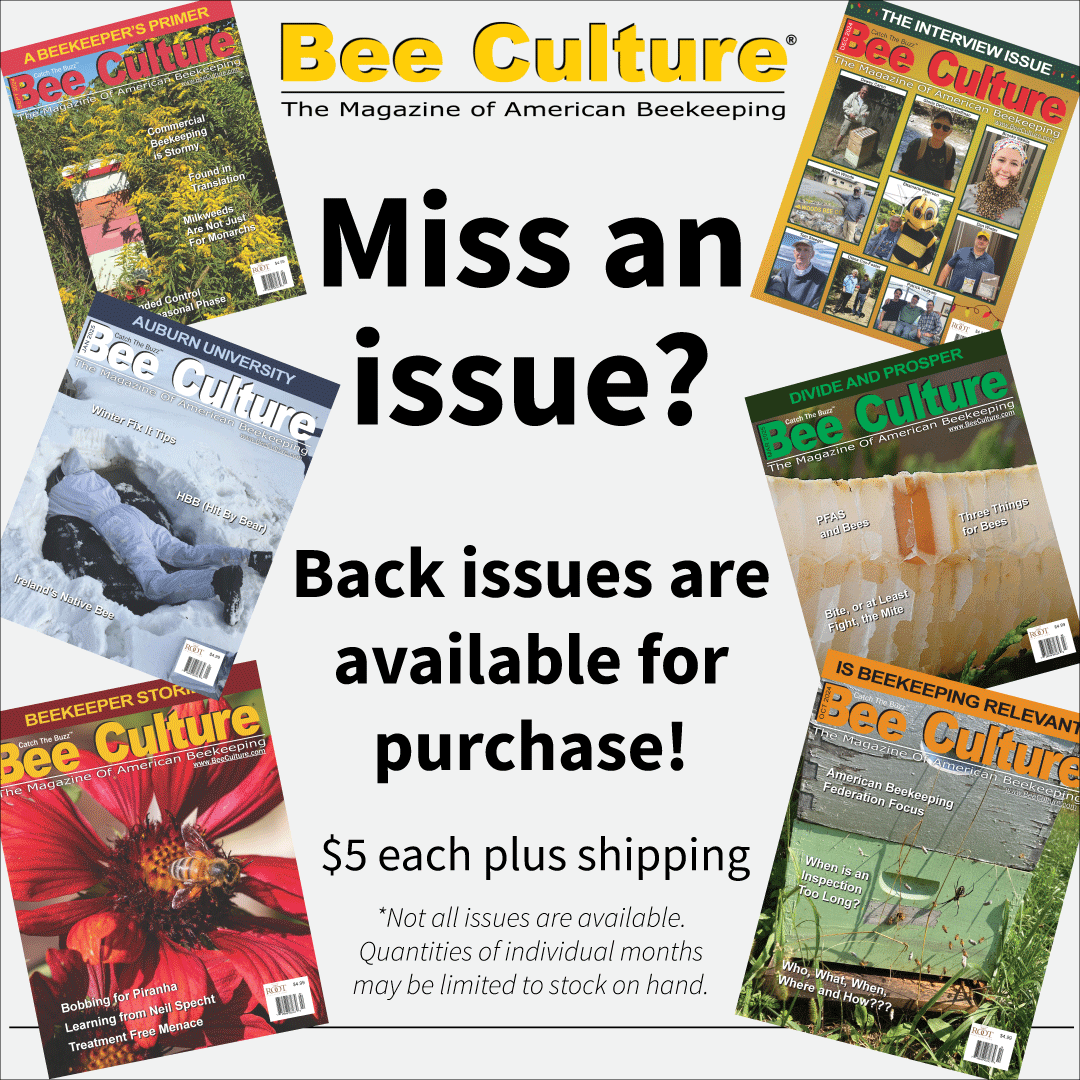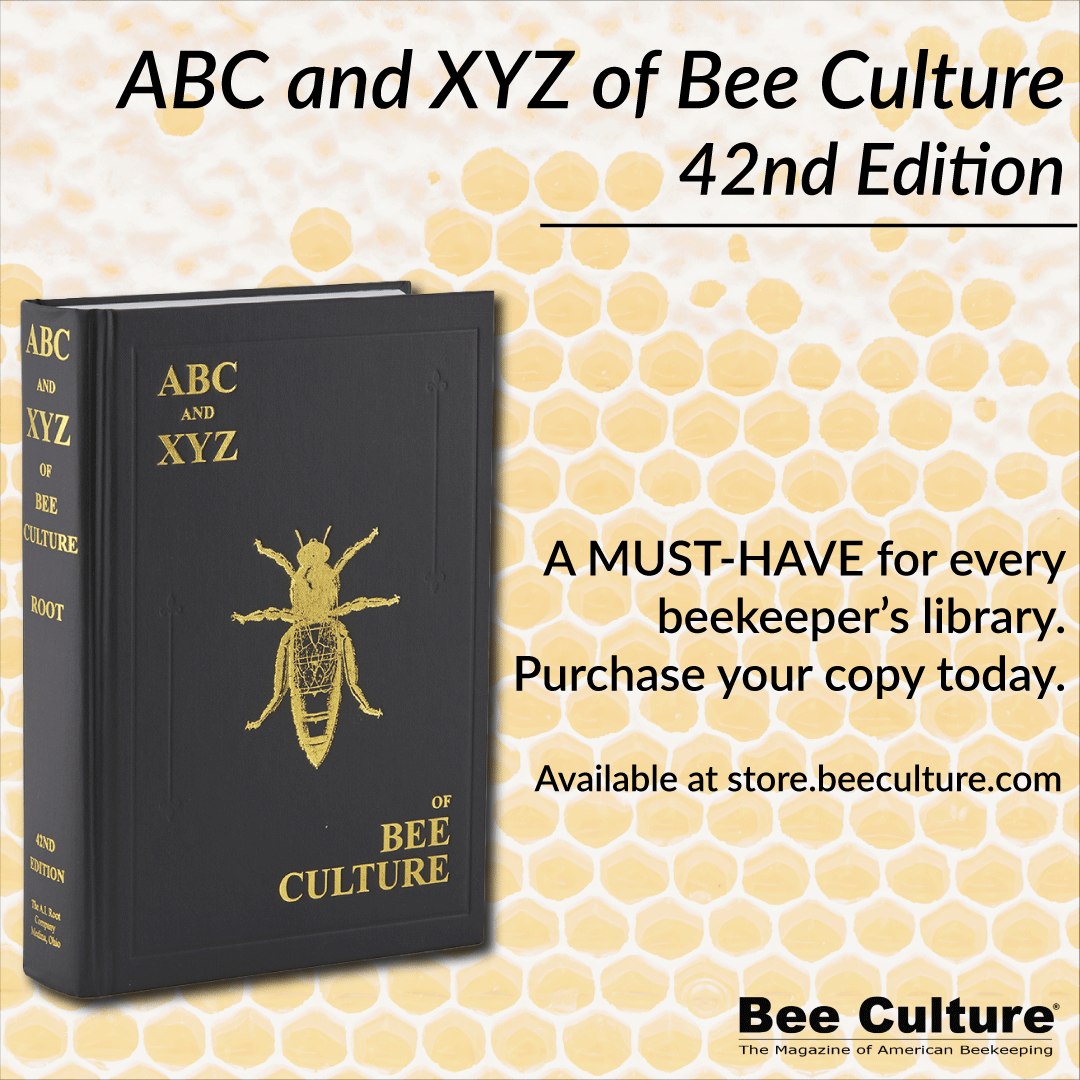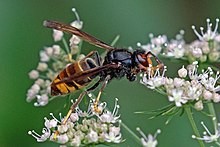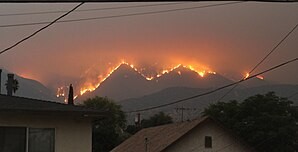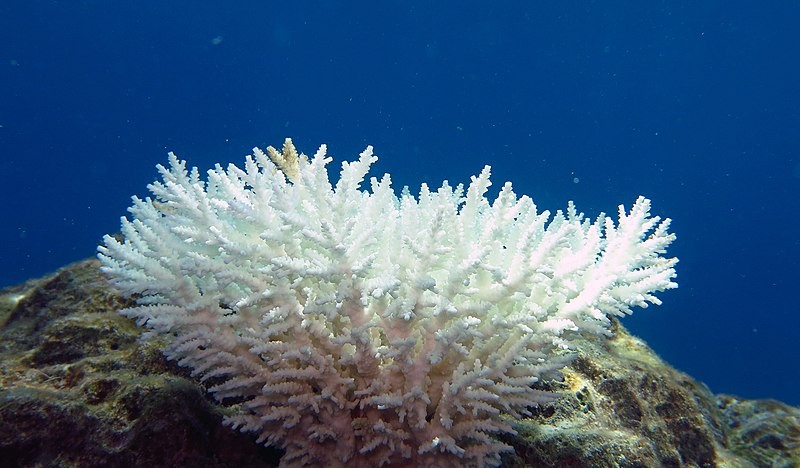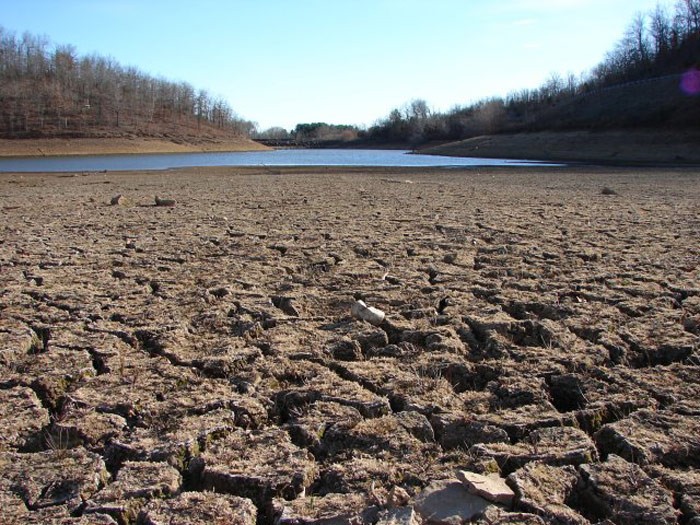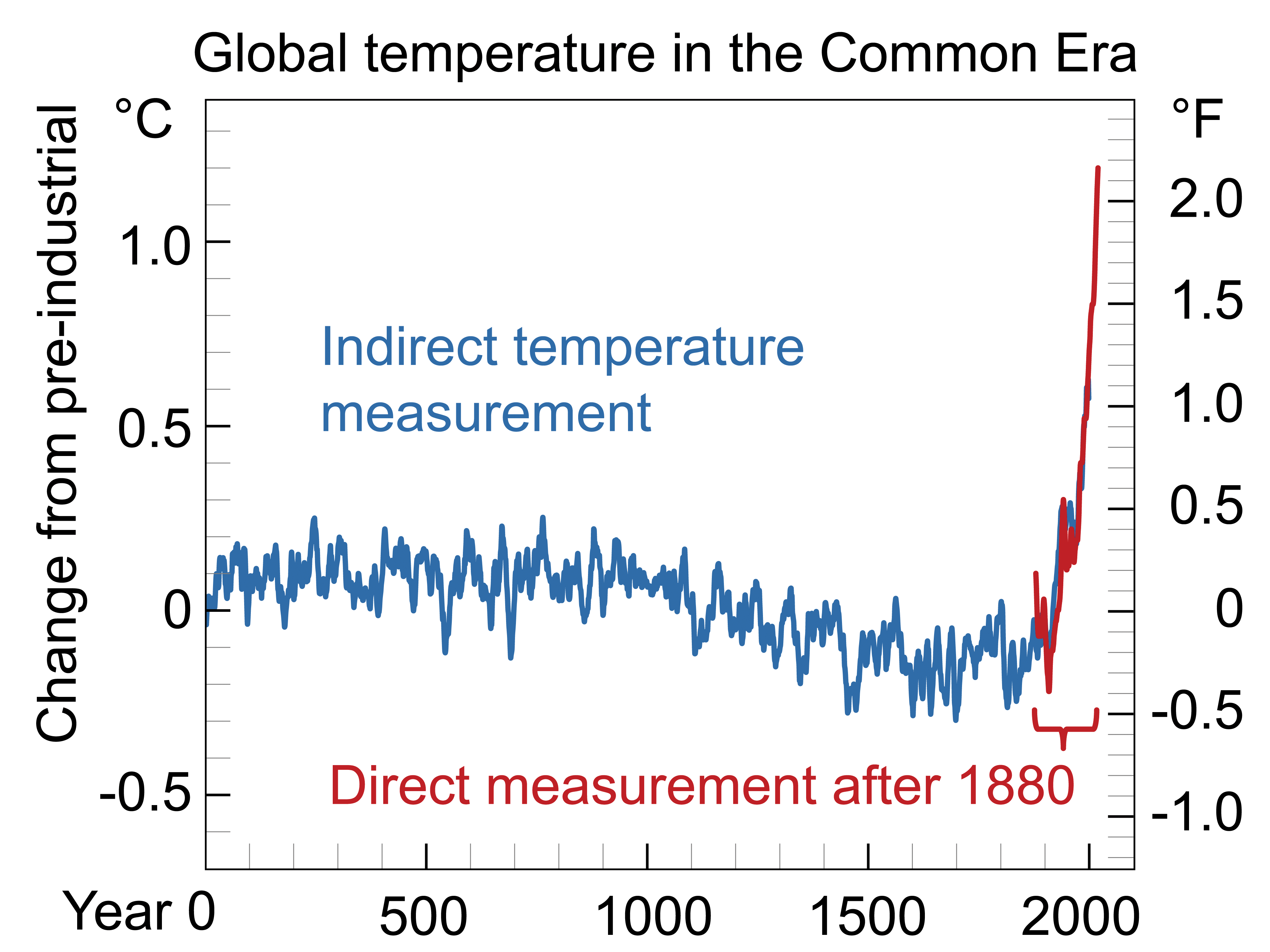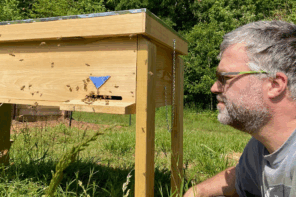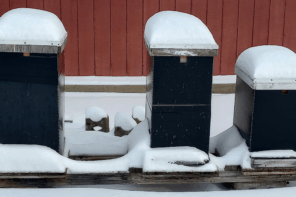Click Here if you listened. We’d love to know what you think. There is even a spot for feedback!
Read along below!

The Brave New World of Beekeeping Created By Our Climate Emergency Part 1
A sober look at some of the ways the unsustainable
use of fossil fuels is damaging our industry
By: Ross Conrad
The climate crisis is rapidly changing our world. Extended droughts, severe flooding, devastating wildfires, extreme wind storms and bankrupting crop failures are causing billions of dollars in damage annually and claiming thousands of lives. “Once-in-a-century” disasters are occurring with alarming frequency destabilizing society, exacerbating conflicts over minerals, water, food and land and increasing refugee migration.
There are numerous variables that are linked to this well documented global warming phenomenon, most notably, the burning of huge amounts of petroleum, coal and methane (aka Natural) gas. In an effort to help quell widespread public outrage, this crisis that has been created by greed, criminality and political corruption is usually referred to by the relatively innocuous sounding term “climate change”. The change being that the relatively stable climate which all living organisms have adapted to, and all of human civilization is built upon, has been radically destabilized.
Since ‘we the people’ have so far failed to demand accountability from the fossil fuel companies and those that finance their operations, we are forced to contend with the destructive results. We can no longer rely on such basic things such as reliable temperature ranges, steady ocean acidity and sea levels, or precipitation amounts to continue to fall within the parameters that society and life on earth have historically relied on and organized around. The destabilization of our climate is having detrimental effects on human civilization and living systems (Parmesan and Yohe, 2003), including the health and welfare of honey bees and other pollinators. (Brown and Paxton, 2009; Potts et al., 2010).
Shifting phenology
Honey bees have evolved to be highly dependent upon environmental conditions such as the amount of daylight, temperature and rainfall. These environmental cues affect honey bees’ individual behavior and physiology, as well as the overall development and timing of the colony’s biological events known as phenology. Additionally, we are increasingly seeing extreme weather events shift the distribution and phenology of flowering plants upon which pollinators rely. This often results in a mismatch between pollinator activity and the blossoming of pollinator food plants; a loss of coordination that can lead to deadly consequences for both fauna and flora. (Le Conte and Navajas, 2008; Hegland et al., 2009; Bartomeus et al., 2013; Reddy et al., 2013). For example, mild Winters in temperate regions can lead plants to mistakenly anticipating the imminent arrival of Spring. This leads to earlier flowering of important foraging plants, while honey bee colonies remain inactive or exhibit low activity.
Overwintering adaptations
At the same time, mild Winters can stimulate colonies to start their brood rearing in earnest, much sooner than usual, or never pause raising brood during Winter at all. This can lead to hives running low on food reserves before blossoming plants are available. Research has shown that brood raising activities seriously impact the consumption of stored honey, with colonies that raise brood all Winter requiring twice the amount of honey typically required by broodless colonies (Seeley and Visscher, 1985).
Reshuffling mite control treatments
A Winter break in the brood cycle has also proven itself to be a potent tool that colonies can use to help keep varroa mites in check. Usually, in temperate regions honey bee colonies stop raising young for a period of time during Winter. Since Varroa mites can only reproduce in sealed brood, mite populations during this period tend to decrease. In the presence of brood, on the other hand, V. destructor can continue to reproduce and mite population levels increase. This leads to higher infestation levels at the beginning of the colony’s productive season. Throughout the Spring and Summer, mite population levels double approximately every month. When colonies start the season with high levels of mites, economic and survival thresholds are reached much faster. Additionally, the presence of Winter brood reduces the efficacy of Winter treatments that target the phoretic mites not hidden away and reproducing in capped cells. The Winter period of broodlessness in hives is theorized to be a major factor that will also help North American honey bees successfully navigate tropilaelaps mite infestation should this cousin of varroa ever make it to U.S. shores.
Protein deficiencies
A honey bee colony’s health is closely associated with the nutritional state of the individuals that make up the hive population. Access to adequate protein, in the form of pollen, is critical to overwintering success and early Spring development. This is why the finding of drastically reduced protein content of pollen is extremely concerning. (Ziska et al., 2016) Researchers studied the protein content of goldenrod (Solidago spp.), an important late season pollen source for bees in much of the country. The data was especially informative since it incorporated historical goldenrod pollen samples in the analysis. It appears that in a high carbon dioxide atmosphere, plants on earth produce more carbohydrates and less protein, since a clear link was found between rising atmospheric carbon and reduced protein in the pollen.
Resurgent diseases and pests
The warming planet is projected to increase the geographic range in which certain diseases and pests are able to thrive. While Nosema ceranae is an issue for all beekeepers, it is primarily considered to be a problem for beekeepers in warmer climates. This may be due to the vulnerability of the parasite’s spores to lower temperatures (Fries, 2010). The average global temperature can be expected to continue to rise as a result of deliberately engineered delays in transitioning human society from dirty and expensive fossil fuels to much cleaner and more affordable renewable energy sources. The resulting higher temperatures can be expected to expand the geographic range where Nosema will be a major problem.
An expanding range of distribution is likely to also apply to some of North America’s newly introduced honey bee pests such as the small hive beetle (Aethina tumida) which was first identified in the U.S. in the late 1990s. While the beetle is able to overwinter in northern hives, it’s ability to successfully reproduce is hampered in colder regions of the country. The same can be said for the more recent arrival of the Asian hornet (aka Yellow-Legged Hornet -Vespa velutina) which also originate from a tropical climate and can be expected to expand its range and thrive in areas farther north as the planet continues to warm.
Beekeepers are also vulnerable to health issues stemming from the expanding range of organisms that vector diseases. Various species of ticks and mosquitos are examples of organisms that have already spread far beyond their original range and are transporting diseases like Lyme, Bird flu, West Nile Virus and Eastern equine encephalitis that are increasingly popping up in new places.
Farms in the cross-hairs
Farms are critical to the beekeeping industry. Not only do many farms provide valuable forage that beekeepers rely on to harvest large crops of honey, but pollination services provided to farms are the primary source of income for the majority of the commercial beekeeping industry.
The climate crisis is projected to decrease forage availability and dramatic shift the types of plants bees utilize to gather nectar. In the future, the plants from which honey is produced, and how the honey looks, smells and tastes in many areas of the country is likely to be significantly different from what it has been in the past.
American farmers are taking big hits right now from the dramatic and rapid cuts to agricultural related budgets and agencies. For example, before recently being eliminated by the current administration, the United States Agency for International Development (USAID) purchased about $2 billion worth of U.S. grown crops annually for humanitarian aid programs worldwide. Meanwhile, USDA budget and staffing cuts have terminated thousands of employees and ended funding for programs that impact farmers, food banks and schools. American farmers are sure to feel the negative effect of these cuts. USDA honey bee labs have been caught up in the staffing cuts and budget reductions as a result of the efforts of the recently created Department of Government Efficiency. Even researchers who have spent their lives studying the our climates decline and long-term studies that have been critical in helping us understand what is happening and why, have been shut down. Such actions taken under the guise of saving money are going to make things much more difficult and costly for farmers and the beekeepers as we navigate the mounting climate challenges.
Migrant workers
Today’s modern farms rely heavily on migrant workers. Agricultural work is physically demanding and the pay is so low most Americans are not interested doing this type of work. Meanwhile, many migrants have been forced off their farms due to the climate crisis’s impacts that have caused crop failures, and trade agreements that have flooded their home countries with cheap U.S. imports that effectively destroyed local markets. These people often risk their lives to travel to the U.S. in an effort to get work to improve their situations and those of their families. The current administration’s efforts to deport as many illegal, and legal migrants as they can, threatens the viability of American farmers. As we lose these agricultural workers, we will lose those farms that are unable to find replacements. This will lead to the cost of food increasing, and the beekeeping industry losing a substantial portion of its pollination market. As beekeepers we should be standing together with, and in support of, migrant workers since in many ways the beekeeping industry’s destiny is tied to theirs.
Next month in Part II of this article we will explore some of the practices beekeepers can adopt in efforts to try to limit many of these negative impacts.
References
Bartomeus, I., Park, M.G., Gibbs, J., Danforth, B.N., Lakso, A.N., Winfree, R. (2013) Biodiversity ensures plant-pollinator phenological synchrony against climate change, Ecology Letters, 16(11): 1331-1338. https://doi.org/10.1111/ele.12170
Brown, Mark, J.F. and Robert J. Paxton (2009) The conservation of bees: A global perspective, Apidologie, 40: 410-416 https://doi.org/10.1051/apido/2009019
Fries, Ingemar (2010) Nosema ceranae in European honey bees (Apis mellifera), Journal of Invertebrate Pathology, Volume 103, Supplement S73-S79, https://doi.org/10.1016/j.jip.2009.06.017
Hegland, S.J., Nielsen, A., Lázaro, A., Bjerknes, A-L, Totland, Ø. (2009) How does climate warming affect plant-pollinator interactions? Ecology Letters, 12(2): 184-195. https://doi.org/10.1111/j.1461-0248.2008.01269.x
Le Conte, Y., Navajas, M. (2008) Climate change: Impact on honey bee populations and diseases, Revue Scientifique et Technique-Office international des épizooties, 27(2): 499-510
Parmesan, C., Yohe, G. (2003) A globally coherent fingerprint of climate change impacts across natural systems, Nature 421, 37–42: https://doi.org/10.1038/nature01286
Potts, S.G., Roberts, S.P.M., Dean, R., Marris, G., Brown, M.A., Jones, R. Neumann, P., Settele, J. (2010) Declines of managed honey bees and beekeepers in Europe, Journal of Apicultural Research, 49(1): 15-22
Reddy, P.V.R., Verghese, A., Sridhar, V., Rajan, V.V. (2013) Plant-Pollinator Interactions: A Highly Evolved Synchrony at Risk Due to Climate Change. In: Singh, H., Rao, N., Shivashankar, K. (eds) Climate-Resilient Horticulture: Adaptation and Mitigation Strategies. Springer, India. https://doi.org/10.1007/978-81-322-0974-4_26
Seeley, Thomas D., and Visscher, P. Kirk (1985) Survival of honey bees in cold climates: the critical timing of colony growth and reproduction, Ecological Entomology, 10(1): 81-88
Ziska, L.H., Pettis, J.S., Edwards, J., Hancock, J.E., Tomecek, M.B., Clark, A., Dukes, J.S., Loladze, I., Polley, H.W. (2016) Rising atmospheric CO2 is reducing the protein concentration of a floral pollen source essential for North American bees, Proceedings of the Royal Society B: Biological Sciences, 283(1828): https://doi.org/10.1098/rspb.2016.0414.

